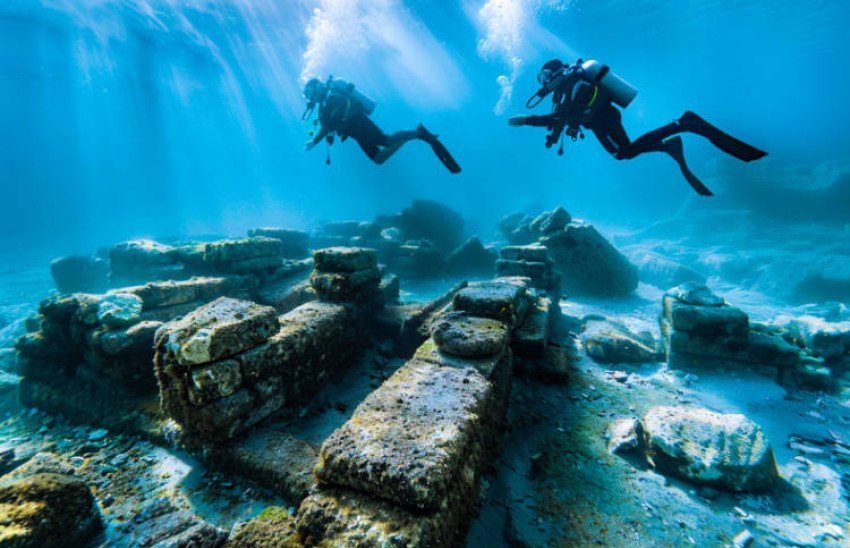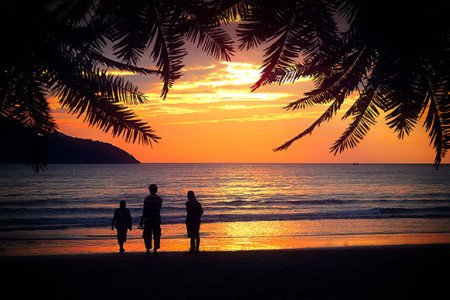Table of Contents
Gran Canaria, one of Spain’s Canary Islands, is renowned for its stunning landscapes, vibrant culture, and warm climate. However, one of its most alluring attractions lies beneath its crystal-clear waters. For diving enthusiasts, Gran Canaria offers a breathtaking underwater world teeming with marine life, shipwrecks, and volcanic formations. This blog post explores the best diving spots, what to expect, and tips for making the most of your diving adventure in Gran Canaria.
Why Dive in Gran Canaria?
Year-Round Diving
Gran Canaria boasts a subtropical climate, making it an ideal diving destination year-round. With water temperatures ranging from 18°C (64°F) in winter to 25°C (77°F) in summer, divers can enjoy pleasant conditions throughout the year. The mild weather also means that dive schools operate throughout the year, providing continuous access to diving courses and excursions.
Rich Marine Biodiversity
The waters around Gran Canaria are home to an impressive variety of marine life. Divers can encounter colorful fish, sea turtles, rays, and even the occasional shark. The island’s diverse underwater ecosystems include rocky reefs, seagrass beds, and volcanic rock formations, providing habitats for countless species. The abundance of marine life makes every dive a unique and thrilling experience.
Unique Dive Sites
From shipwrecks to underwater volcanic landscapes, Gran Canaria offers a range of unique dive sites that cater to all levels of experience. Whether you are a beginner or an advanced diver, you will find sites that challenge and inspire you. The underwater scenery is as varied as it is beautiful, ensuring that no two dives are ever the same.
Top Dive Sites in Gran Canaria
El Cabrón Marine Reserve
El Cabrón, located near the town of Arinaga, is one of the most famous dive sites in Gran Canaria. It is renowned for its biodiversity and clear waters. Divers can explore rocky reefs, volcanic formations, and caves. The area is home to a variety of marine species, including barracudas, angel sharks, and octopuses. The site is accessible from the shore, making it convenient for divers.
Highlights:
• Biodiversity: El Cabrón is a hotspot for marine life, with over 400 species recorded in the area.
• Underwater Terrain: The site’s rocky reefs, volcanic formations, and caves create a dramatic underwater landscape.
• Accessibility: El Cabrón can be reached from the shore, making it a convenient dive site for all levels.
La Catedral
La Catedral, near Las Palmas, is a stunning dive site named for its cathedral-like rock formations. This site features large arches, tunnels, and caves that create an otherworldly underwater landscape. It’s suitable for advanced divers due to its depth and the complexity of the dive. The unique geological formations make it a must-see for any diving enthusiast.
Highlights:
• Geological Formations: La Catedral’s arches, tunnels, and caves are reminiscent of a grand cathedral.
• Advanced Diving: The site’s depth and complexity make it ideal for experienced divers.
• Unique Experience: The dramatic underwater scenery offers a diving experience like no other.
Sardina del Norte
Located in the northern part of the island, Sardina del Norte is a great spot for divers of all levels. The site’s gentle slopes and rocky reefs are perfect for beginners, while more experienced divers can explore the deeper areas. Expect to see a variety of fish species, including parrotfish, trumpet fish, and moray eels. Sardina del Norte is also known for its excellent visibility and calm waters.
Highlights:
• Versatility: Sardina del Norte caters to both beginners and experienced divers.
• Marine Life: The site is home to a diverse range of fish species and other marine life.
• Visibility: The clear waters offer excellent visibility, enhancing the diving experience.
Pasito Blanco
Pasito Blanco, on the southern coast of Gran Canaria, is known for its artificial reef created by a sunken fishing boat. This site attracts a wide range of marine life, making it a favorite among underwater photographers. Schools of fish, rays, and occasionally dolphins can be seen here. The artificial reef provides a unique habitat that supports a vibrant underwater community.
Highlights:
• Artificial Reef: The sunken fishing boat creates a unique and fascinating diving environment.
• Marine Life: The site attracts schools of fish, rays, and sometimes dolphins.
• Photography: The abundance of marine life makes Pasito Blanco a great spot for underwater photography.
Other Notable Dive Sites
Arguineguín Reef
Arguineguín Reef, located off the southern coast, is another excellent dive site. The reef features a variety of coral species, sponges, and anemones. Divers can also encounter large schools of fish, including barracudas and jacks. The reef’s vibrant colors and diverse marine life make it a popular spot for both recreational and technical divers.
Highlights:
• Coral Species: The reef is home to a variety of colorful corals and sponges.
• Fish Schools: Large schools of barracudas and jacks are often seen at Arguineguín Reef.
• Diverse Ecosystem: The reef supports a rich and diverse marine ecosystem.
Risco Verde
Risco Verde, located near Arinaga, is a lesser-known but equally impressive dive site. The site’s volcanic rock formations and underwater caves provide a unique diving experience. Risco Verde is home to a variety of marine species, including octopuses, cuttlefish, and nudibranchs. The site’s clear waters and intriguing topography make it a hidden gem for divers.
Highlights:
• Volcanic Formations: The site’s volcanic rock formations create a unique underwater landscape.
• Marine Species: Risco Verde is home to octopuses, cuttlefish, and nudibranchs.
• Clear Waters: The site’s clear waters enhance visibility and the overall diving experience.
Diving Tips for Gran Canaria
Choose the Right Dive School
Gran Canaria has numerous dive schools offering courses and guided dives. It’s essential to choose a reputable dive school with experienced instructors who prioritize safety. Look for schools with good reviews and certifications from recognized organizations like PADI or SSI. Some well-regarded dive schools on the island include Delphinus, Davy Jones Diving and Canary Diving Adventures.
Best Time to Dive
While diving is possible year-round, the best time to dive in Gran Canaria is from May to October when water temperatures are at their warmest and visibility is at its best. However, diving in the winter months can also be rewarding, with fewer tourists and unique marine life sightings. Plan your trip according to your preferences and the specific marine life you hope to encounter.
Equipment and Safety
Most dive schools provide all necessary equipment, but if you have your own, make sure it’s in good condition. Safety is paramount, so always follow your instructor’s guidance, check your equipment before each dive, and never dive alone. Ensure you have a dive computer, a surface marker buoy, and a whistle for added safety.
Respect Marine Life
Gran Canaria’s marine ecosystems are delicate, so it’s crucial to respect the underwater environment. Avoid touching or disturbing marine life, do not collect souvenirs, and be mindful of your buoyancy to prevent damaging the coral and seabed. Following responsible diving practices helps preserve the beauty and health of these ecosystems for future generations.
Understand Local Regulations
Familiarize yourself with local diving regulations and guidelines. Some areas may have specific rules regarding diving practices to protect marine life and habitats. Adhering to these regulations ensures a sustainable diving experience and helps protect the underwater environment.
Take a Specialty Course
Consider taking a specialty course to enhance your diving skills and knowledge. Courses such as underwater photography, deep diving, or wreck diving can add an extra dimension to your diving adventures in Gran Canaria. Many dive schools offer these courses, allowing you to learn new techniques and explore different aspects of diving.
Conclusion
Diving in Gran Canaria is a captivating experience that offers a glimpse into a vibrant and diverse underwater world. Whether you’re exploring the famous El Cabrón Marine Reserve, navigating the caves of La Catedral, or enjoying a leisurely dive in Sardina del Norte, the island promises unforgettable underwater adventures. With its year-round diving opportunities, rich marine biodiversity, and unique dive sites, Gran Canaria is truly an underwater paradise waiting to be explored.
Plan your next diving holiday in Gran Canaria and discover the hidden treasures beneath the waves. Happy diving!
By following these tips and exploring the top dive sites, you can make the most of your diving experience in Gran Canaria. Whether you’re a seasoned diver or a beginner, the island’s underwater wonders will leave you mesmerized and eager to return for more.






